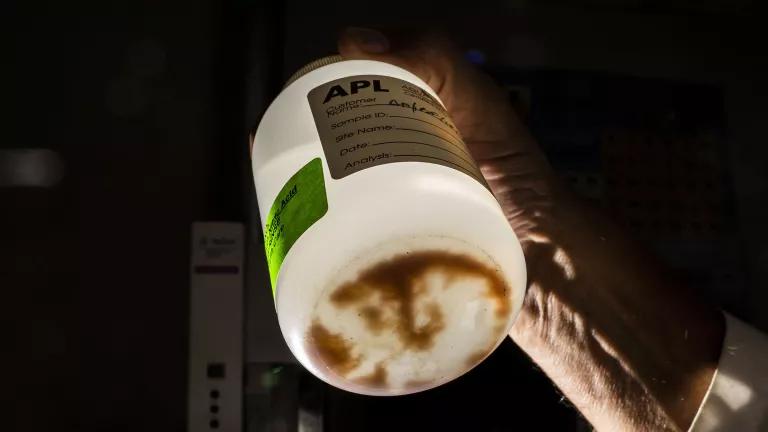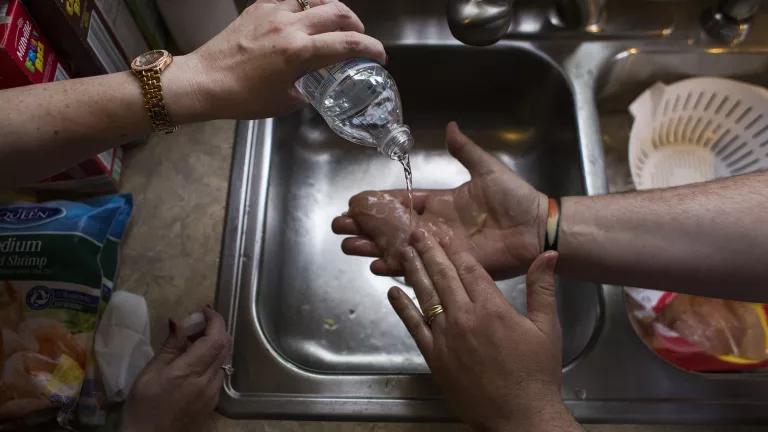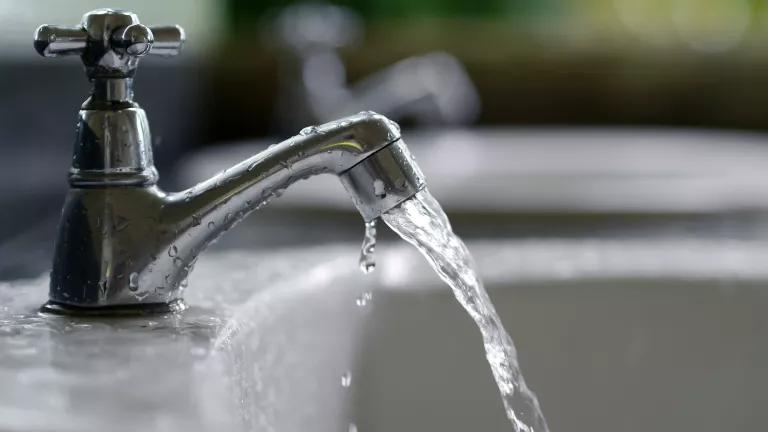
UPDATE: On December 22, 2020, the EPA published its final revisions to the Lead and Copper Rule, which will leave millions of people exposed to toxic lead in drinking water. The new rule will leave lead pipes in use for decades—and in many cases forever.
As cities continue to make headlines for sky-high lead levels in their drinking water, the U.S. Environmental Protection Agency is looking to weaken the rules that could prevent such contamination in the first place. The agency has proposed an update to its Lead and Copper Rule—the first revision to the notoriously outdated and complex standard in decades. But instead of lowering the federal action level for lead in drinking water from the current 15 parts per billion (ppb) to 5 ppb (which other countries, such as Canada, have adopted as enforceable rules), the EPA is sticking with its less protective 15 ppb. The agency wants to allow cities with high lead levels in their drinking water to be able to take even longer—up to 33 years—to replace their service lines. And the EPA has refused to require replacement of all the 6 to 10 million lead service lines across the country. There is no time to waste: Millions of Americans are drinking lead-contaminated water each year—and already dealing with the consequences to their health.
Related Content

Despite Major Health Risks, the EPA Plans to Leave Millions of Lead Water Pipes in the Ground

Amid National Drinking Water Crises, EPA Moves to Weaken Lead Protections

Inside the Fight for Clean Water in Newark

Flint Water Crisis: Everything You Need to Know
